Discover the essentials of sign language alphabets through free PDF resources, offering hands-on learning experiences. These guides provide visual aids and step-by-step instructions for mastering sign language alphabets.
Overview of Sign Language Systems Worldwide
Sign language systems vary globally, reflecting cultural and linguistic diversity. Each country has its unique sign language, such as American Sign Language (ASL), British Sign Language (BSL), and Australian Sign Language (Auslan). These systems use distinct hand shapes, movements, and facial expressions to convey meaning. ASL, for instance, relies on a one-handed alphabet, while BSL uses a two-handed system. Auslan incorporates Indigenous Australian gestures, showcasing its cultural roots. Worldwide, sign languages are not universal; they are tailored to their respective regions and communities. Resources like PDF guides and online tools are widely available, making it easier for individuals to learn and compare these systems. By understanding these differences, one can appreciate the richness of sign language diversity and its vital role in global communication.
Importance of Learning the Sign Language Alphabet
Learning the sign language alphabet is crucial for effective communication with the deaf and hard-of-hearing community. It fosters inclusivity and breaks down barriers in personal and professional interactions. Mastering the alphabet enables individuals to spell names, common words, and phrases, laying the foundation for further sign language proficiency. For deaf children, early exposure to sign language alphabets enhances language development and literacy skills. Additionally, it promotes cultural understanding and empathy, encouraging a more connected society. Resources like PDF charts and educational tools make learning accessible and engaging. By acquiring this skill, individuals can contribute to a more inclusive world, bridging gaps and enriching relationships with the deaf community. The ability to communicate through sign language is a valuable asset that transcends linguistic and cultural boundaries, fostering global understanding and unity.

American Sign Language (ASL) Alphabet
The ASL alphabet uses one-handed signs for 26 letters, enabling clear communication. Free PDF charts, like those from DeafChildren.org, offer visual guides for learning. Snapchat’s ASL Alphabet Lens also simplifies practice, making it accessible and engaging for learners of all ages.
Structure of the ASL Alphabet
The ASL alphabet is structured around one-handed signs, each representing a distinct letter. Unlike spoken languages, ASL relies on hand shapes, palm orientation, and finger placement. The alphabet is taught using visual aids like charts and guides, which help learners associate each letter with its corresponding sign. Free PDF resources, such as those available from DeafChildren.org, provide comprehensive visual breakdowns, making it easier to grasp the nuances of each sign. Additionally, technological tools like Snapchat’s ASL Alphabet Lens offer interactive learning experiences, allowing users to practice in real-time. This structured approach ensures consistency and clarity, making the ASL alphabet accessible to both beginners and advanced learners.
Hand Shapes and Movements in ASL
Hand shapes and movements are the cornerstone of ASL communication. Each letter in the ASL alphabet is represented by a unique combination of hand positions and finger placements. For instance, the letter “A” involves a closed fist with the thumb outside, while “B” requires an open hand with all fingers extended. Movements often enhance the meaning, such as wiggling fingers for “E” or bending the wrist for “G.” Free PDF guides, like those from DeafChildren.org, provide detailed visuals to master these signs. Practice tools, including apps and interactive lenses, allow learners to refine their hand shapes and movements in real-time. Consistent practice is key to overcoming challenges, like distinguishing between similar-looking letters. These resources ensure learners can confidently grasp the intricacies of ASL hand shapes and movements.
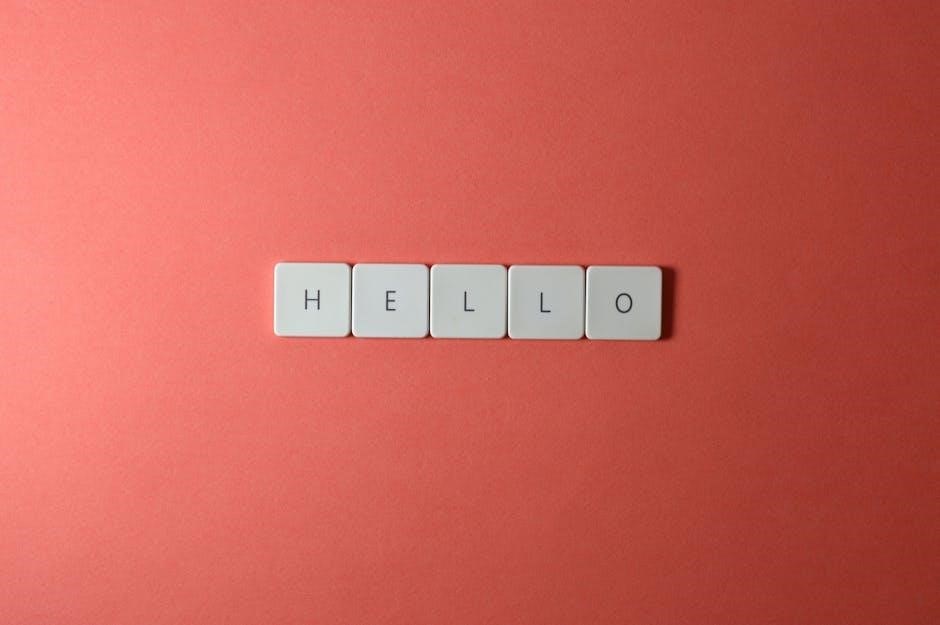
Free Printable ASL Alphabet Chart
A free printable ASL alphabet chart is an essential tool for learners, providing a clear visual guide to master the signs for each letter. These charts are widely available in PDF format, offering high-quality images that detail hand shapes, finger placements, and orientations. Resources like those from DeafChildren.org include charts that are easy to download and print, making them ideal for classroom use or personal study. Many charts also include lowercase and uppercase letters, along with phonetic associations to aid memory. They serve as a practical starting point for anyone beginning their ASL journey, ensuring a strong foundation in fingerspelling and letter recognition.
ASL Alphabet Lens by Snapchat
Snapchat has introduced the ASL Alphabet Lens, a groundbreaking tool designed to help users learn the American Sign Language alphabet in an engaging and interactive way. Developed in collaboration with SignAll, this lens utilizes augmented reality to teach users how to sign each letter of the alphabet. By detecting hand movements, the lens provides real-time feedback, ensuring accurate signing. This innovative feature not only makes learning ASL fun but also accessible to a wider audience. The ASL Alphabet Lens is part of Snapchat’s efforts to promote inclusivity and provide educational resources for learning sign languages. It aligns with the app’s mission to create interactive experiences that foster connection and understanding across diverse communities. Users can download and use the lens directly within the Snapchat app, making it a convenient tool for ASL learners of all levels. Learn more about this feature and how it supports sign language education.
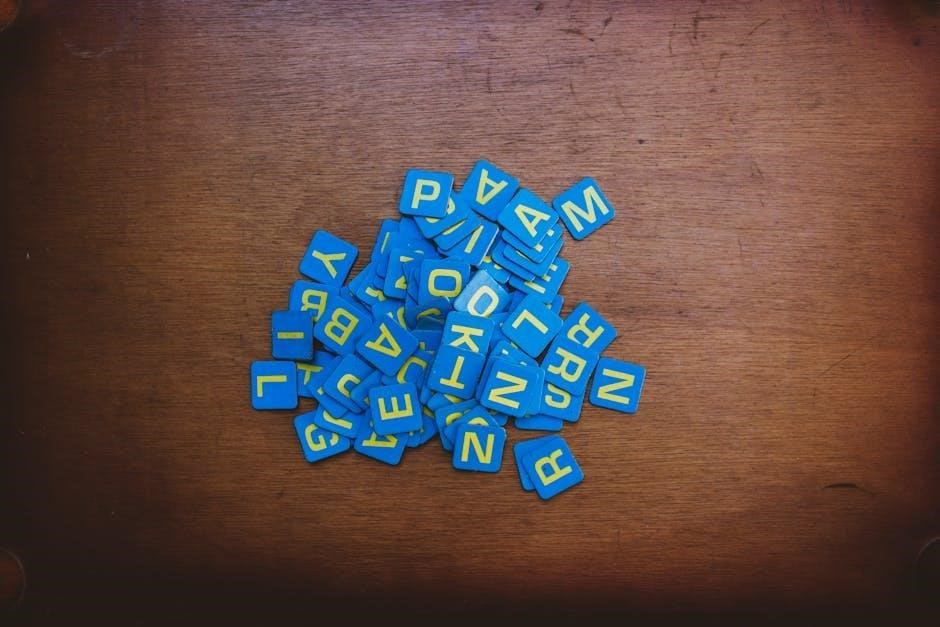
British Sign Language (BSL) Alphabet
BSL uses hand shapes, facial expressions, and body language to communicate. It is widely recognized in the UK for deaf communication and education, distinct from ASL.
Historical Development of BSL
British Sign Language (BSL) has a rich history that traces back to the 18th century, with roots in local sign languages used by deaf communities. Thomas Braidwood, a Scottish educator, played a pivotal role in formalizing BSL by establishing the first school for the deaf in 1760. His methods combined sign language with oralism, laying the groundwork for modern BSL. Over time, BSL evolved into a standardized system, distinct from American Sign Language (ASL). The 20th century saw increased recognition of BSL as a legitimate language, with organizations like the British Deaf Association advocating for its use. In 2003, the UK government officially acknowledged BSL, further solidifying its place in deaf culture and education. Today, BSL is a vital part of deaf identity, used by thousands across the UK.
Fingerspelling in BSL
Fingerspelling in British Sign Language (BSL) is a method of communicating letters and words using hand shapes and movements. It is particularly useful for spelling names, technical terms, or emphasizing specific words. Each letter of the alphabet is represented by a unique handshape, allowing for precise communication. Fingerspelling is an essential skill for BSL learners, as it bridges gaps where signs for specific words may not exist. Resources like fingerspelling charts and practice guides are widely available online, helping learners master this technique. The ability to fingerspell enhances communication accuracy and is a cornerstone of BSL proficiency, enabling effective interaction within the deaf community and beyond.
Resources for Learning BSL Alphabet
Learning the British Sign Language (BSL) alphabet is made easier with a variety of accessible resources. Printable fingerspelling charts and PDF guides provide visual aids for mastering handshapes and movements. Online platforms, such as British-Sign.co.uk, offer comprehensive tutorials and practice exercises. Additionally, educational apps and video tutorials demonstrate real-time signing, helping learners grasp the nuances of BSL. Many organizations, including the Irish Deaf Society, provide downloadable materials and courses tailored for beginners. These resources enable learners to practice consistently, improving their communication skills and understanding of the BSL alphabet. They also serve as valuable tools for educators and parents supporting deaf or hard-of-hearing individuals.

Australian Sign Language (Auslan) Alphabet
Australian Sign Language (Auslan) is a vibrant and expressive language used by the Australian Deaf community, with accessible PDF guides for learning its unique alphabet and handshapes, essential for effective communication.
Unique Features of Auslan Alphabet
Auslan, the Australian Sign Language, boasts distinct features that set it apart from other sign languages. Its alphabet combines local signs with influences from British and Irish sign languages, reflecting Australia’s cultural diversity. Unlike ASL, Auslan often uses a two-handed manual alphabet for fingerspelling, enhancing clarity and expression. The language also incorporates unique handshapes and movements that align with Australian cultural references. Non-manual elements, such as facial expressions and body language, play a significant role in conveying meaning; Auslan’s structure is visually oriented, relying on spatial relationships and orientation to communicate effectively. These features make Auslan not only a practical tool for communication but also a rich cultural expression of the Australian Deaf community.
Educational Tools for Auslan
Learning Auslan is made accessible through various educational tools designed to cater to different learning styles. Free PDF resources, such as the Auslan Alphabet Chart, provide a visual guide for mastering the manual alphabet. Online courses and tutorials offer structured lessons, often accompanied by videos demonstrating handshapes and movements. Interactive apps enable learners to practice fingerspelling and basic phrases through quizzes and exercises. Additionally, flashcards and printable worksheets are widely available for self-study. Many resources incorporate cultural insights, helping learners understand the context and significance of Auslan within the Australian Deaf community. These tools make learning Auslan engaging and effective, whether for personal enrichment or professional development. They also emphasize the importance of community engagement in mastering the language.
Cultural Significance of Auslan
Auslan holds profound cultural significance as the primary means of communication for the Australian Deaf community. It is more than a language; it is a cornerstone of Deaf identity, reflecting unique cultural values and traditions. Auslan storytelling, for instance, is rich in visual narratives and gestures, preserving history and shared experiences. The language also plays a vital role in Deaf art, theater, and community events, fostering a sense of belonging and pride. Its recognition as an official language in Australia has further cemented its cultural importance, promoting inclusivity and awareness. By learning Auslan, individuals not only acquire a skill but also gain insight into the vibrant culture of the Australian Deaf community, fostering greater understanding and respect.

Sign Language Alphabet in Education
The sign language alphabet plays a vital role in Deaf education, providing essential tools for communication and learning. Free PDF resources, such as worksheets and charts, aid students in mastering the alphabet, ensuring inclusive and effective education for all.
Role of Sign Language in Deaf Education
Sign language plays a crucial role in deaf education by providing a visual and tactile means of communication. Free PDF resources, such as sign language alphabet charts and workheets, are widely used to help students learn and practice the alphabet. These tools not only aid in language acquisition but also foster inclusivity and accessibility in educational settings. By incorporating sign language into curricula, educators ensure that deaf and hard-of-hearing students can fully engage with their learning environment. The use of these resources also promotes a language-rich environment, which is essential for the cognitive and social development of deaf children. This approach emphasizes the importance of early exposure to sign language to support long-term educational success.
Workshops and Courses for Sign Language Alphabet
Workshops and courses on sign language alphabets are essential for learners seeking to master the fundamentals. These programs often include interactive sessions, where participants can practice hand shapes, movements, and fingerspelling. Many workshops utilize free PDF resources, such as sign language alphabet charts, to provide visual aids and structured learning. Online platforms like Snapchat’s ASL Alphabet Lens offer innovative ways to engage with sign language education. Additionally, organizations such as Able Lingo provide fun and relaxed learning environments for mastering the ASL alphabet. These courses are designed to cater to both beginners and advanced learners, ensuring a comprehensive understanding of sign language alphabets. By participating in these workshops, individuals can gain confidence in their ability to communicate effectively using sign language.
Impact of Sign Language on Communication Skills
Learning the sign language alphabet significantly enhances communication skills, especially for individuals interacting with the deaf or hard-of-hearing community. It bridges gaps, fostering understanding and inclusivity. Mastering the alphabet enables clear expression of thoughts and ideas, breaking down barriers in both personal and professional settings. The visual and tactile nature of sign language makes conversations more engaging and accessible. This skill is particularly valuable in education, workplaces, and social interactions, promoting diversity and equality. By incorporating sign language into daily communication, individuals can connect more deeply, ensuring that everyone feels heard and valued. This proficiency not only improves interpersonal relationships but also enriches overall communication dynamics, creating a more inclusive and empathetic society.
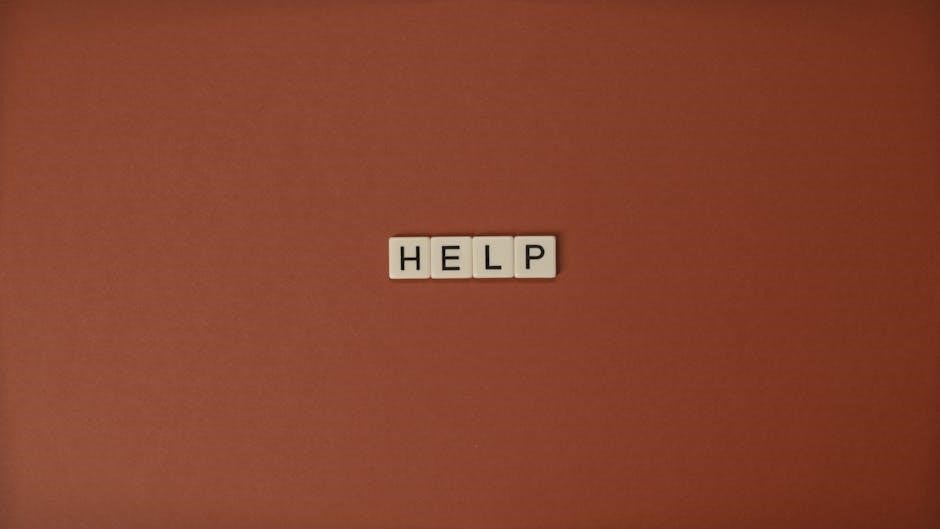
Technology and Sign Language Alphabet
Technology enhances sign language learning through tools like Snapchat’s ASL Alphabet Lens, offering interactive lessons. Machine learning and computer vision also aid in recognizing and teaching sign language alphabets effectively.
Machine Learning Models for Sign Language Recognition
Machine learning models are revolutionizing sign language recognition by leveraging advanced algorithms to interpret hand gestures and facial expressions. These models, often integrated with computer vision, analyze video inputs to identify patterns and translate them into text or speech. Researchers have developed systems capable of recognizing individual letters and words from sign language alphabets, enabling real-time communication tools. For instance, deep learning-based models can distinguish between subtle hand shapes and movements, crucial for accurate interpretation. Additionally, these technologies are being used to create interactive learning platforms, such as ASL recognition apps, that teach users how to sign and understand sign language. By training on diverse datasets, including variations in signing styles, these models are becoming more robust and accessible, fostering inclusivity and bridging communication gaps between sign language users and others. This innovation is not only advancing education but also preserving sign language cultures worldwide.
Computer Vision in Sign Language Interpretation
Computer vision plays a pivotal role in advancing sign language interpretation by enabling visual recognition of hand gestures and facial expressions. This technology processes video inputs to identify and analyze the spatial and temporal aspects of sign language, such as hand shapes, orientation, and movement. By leveraging algorithms like gesture recognition and deep learning, computer vision systems can translate sign language into text or speech in real time. These tools enhance accessibility, particularly in environments like classrooms, hospitals, and public services. Additionally, they support sign language learning by providing immediate feedback on finger spelling and movement accuracy. The integration of computer vision with sign language interpretation is transforming communication, making it more inclusive and bridging gaps between sign language users and non-signers. This innovation is especially vital for fostering understanding and connection in diverse settings.
Apps and Software for Learning Sign Language
Learning sign language has become more accessible with innovative apps and software. Platforms like Snapchat’s ASL Alphabet Lens and Able Lingo offer interactive tools to practice finger spelling and basic signs. These apps use video tutorials and quizzes to engage learners. Additionally, PDF guides and online resources provide visual aids for mastering the alphabet. Many apps incorporate games and real-time feedback to enhance the learning experience. For instance, SignAll and ASL Made Simple offer step-by-step lessons for beginners. These digital tools make sign language learning fun and convenient, allowing users to practice anytime, anywhere. They also serve as valuable resources for educators and parents teaching sign language to children. By leveraging technology, these apps are breaking down communication barriers and promoting inclusivity.
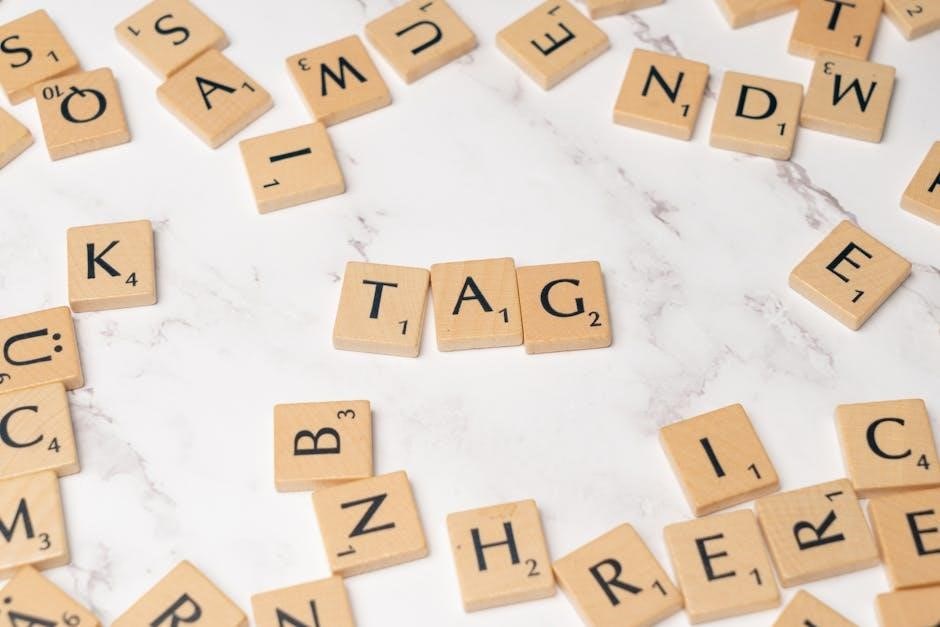
Cultural and Historical Context
Sign language alphabets reflect the rich history and cultural diversity of deaf communities worldwide, shaped by pioneers like Thomas Braidwood, who influenced BSL’s development and recognition in media.

Evolution of Sign Language Systems
The evolution of sign language systems traces back to early methods of communication among deaf communities, with influences from local gestures and cultural practices. Historical figures like Thomas Braidwood played a pivotal role in formalizing sign language education, blending oralism with manual signs. Over time, sign languages developed unique structures, such as ASL’s emphasis on handshapes and facial expressions, while BSL evolved from British oralist traditions. The integration of technology, such as machine learning models for sign recognition, has further enhanced these systems. Today, sign language alphabets are standardized, with resources like PDF charts and apps aiding widespread learning. This evolution reflects a blend of tradition, innovation, and cultural adaptation, ensuring sign languages remain vital tools for communication and identity.
Contribution of Pioneers in Sign Language Development
Pioneers in sign language development have laid the foundation for modern sign language systems. Thomas Hopkins Gallaudet and Laurent Clerc are notable figures who introduced the French sign language system to America, influencing the creation of ASL. In Britain, Thomas Braidwood established schools that contributed to the development of BSL. Their efforts combined oralism with manual signs, creating a bridge between spoken and sign languages. These pioneers not only formalized sign language education but also raised awareness of its importance. Their contributions have enabled the creation of resources like sign language alphabet PDF charts, making learning accessible globally; Their work continues to inspire advancements in sign language technology and education, ensuring its vitality for future generations.
Sign Language in Media and Pop Culture
Sign language is increasingly featured in media and pop culture, raising awareness and promoting inclusivity; Movies like The Silent Child highlight the importance of sign language, while TV shows incorporate ASL and BSL to reflect diverse communication. Social media platforms and apps, such as Snapchat’s ASL Alphabet Lens, make learning fun and accessible. Music videos and live performances now often include sign language interpreters, breaking down barriers. This visibility not only educates the public but also encourages the use of resources like sign language alphabet PDFs for learning. By integrating sign language into mainstream culture, media helps normalize its use, fostering a more inclusive society where communication is accessible to all. This trend continues to grow, ensuring sign language’s presence in future entertainment and education.
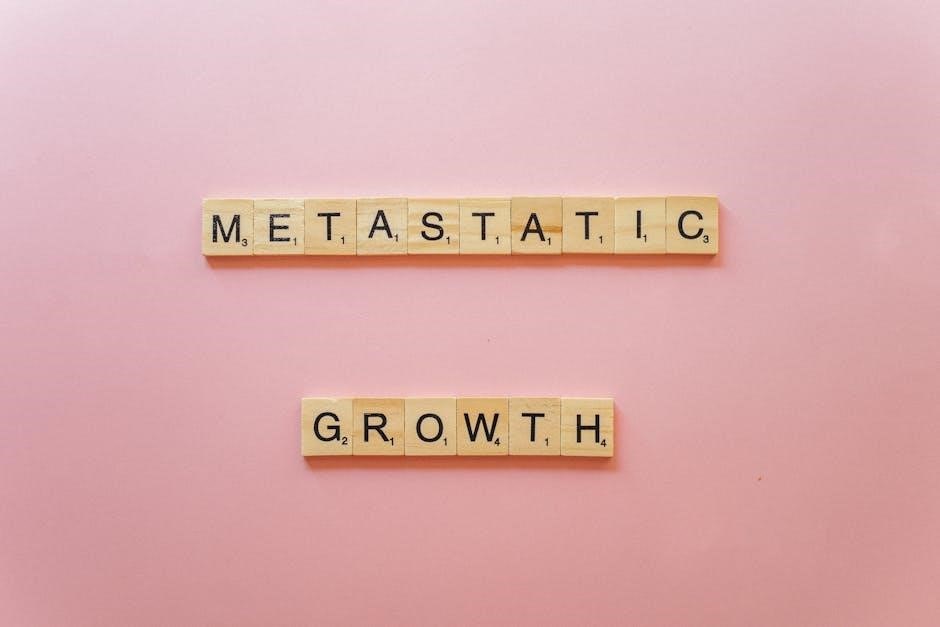
Sign language alphabets empower individuals to bridge communication gaps, fostering inclusivity and understanding. With accessible resources like PDF guides, learning sign language becomes simpler, promoting a connected future.
Future of Sign Language Learning
The future of sign language learning is poised for transformation through technology and innovative resources. With tools like free PDF guides and interactive apps, learners can access structured lessons at their pace. Snapchat’s ASL Alphabet Lens and platforms like Able Lingo are revolutionizing hands-on practice, making sign language more accessible. Machine learning models and computer vision are advancing recognition systems, enabling real-time feedback for learners. Additionally, partnerships between tech companies and educators are creating immersive experiences, such as virtual classrooms and augmented reality tools. These advancements promise to bridge communication gaps globally, fostering inclusivity and empowering individuals to master sign language alphabets with ease and confidence.
Global Unity Through Sign Language
Sign language serves as a universal bridge, fostering global unity by transcending spoken language barriers. The availability of free PDF resources, such as the American Sign Language (ASL) alphabet chart, enables learners worldwide to connect. These tools, like the ASL Alphabet Lens by Snapchat, promote cross-cultural communication, allowing individuals from diverse backgrounds to share ideas seamlessly. By standardizing sign language alphabets, countries like the UK and Australia are fostering a sense of community. This unity is further strengthened by educational initiatives and technology, making sign language accessible to everyone. As more people learn and use sign language, it paves the way for a more inclusive and connected world, celebrating diversity while promoting understanding.

